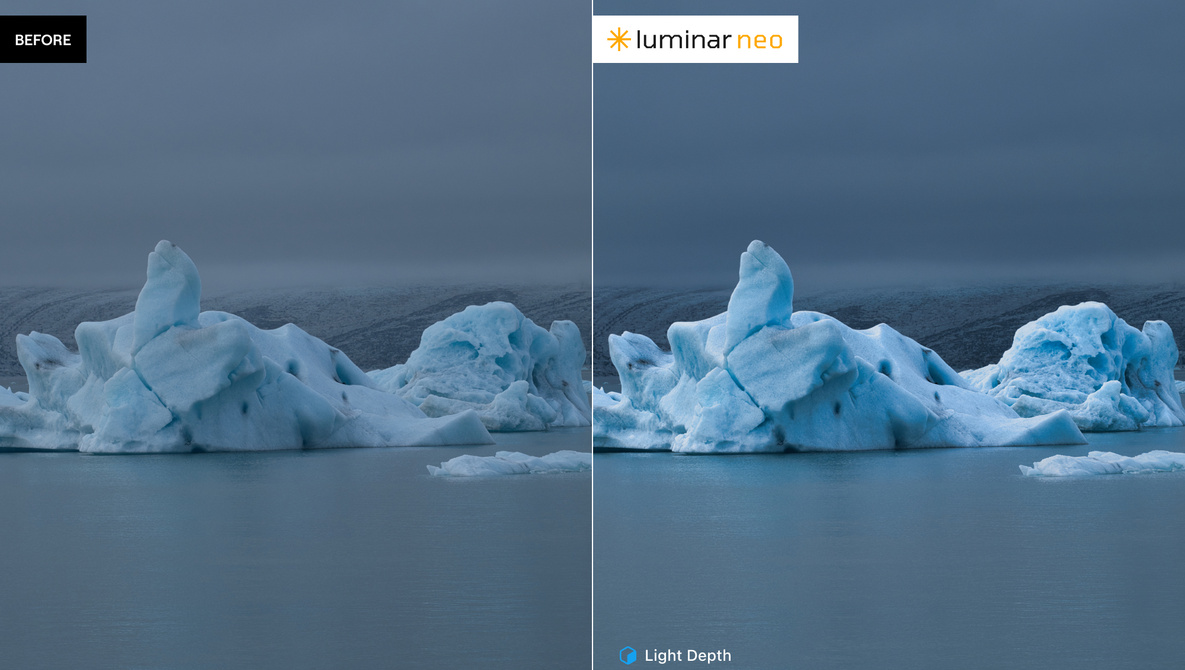Skylum has announced a significant fall update for Luminar Neo coming in early November.
This version includes powerful enhancements to existing features as well as innovative new additions such as a Luminar Neo ecosystem, restoration, and an AI…

Skylum has announced a significant fall update for Luminar Neo coming in early November.
This version includes powerful enhancements to existing features as well as innovative new additions such as a Luminar Neo ecosystem, restoration, and an AI…